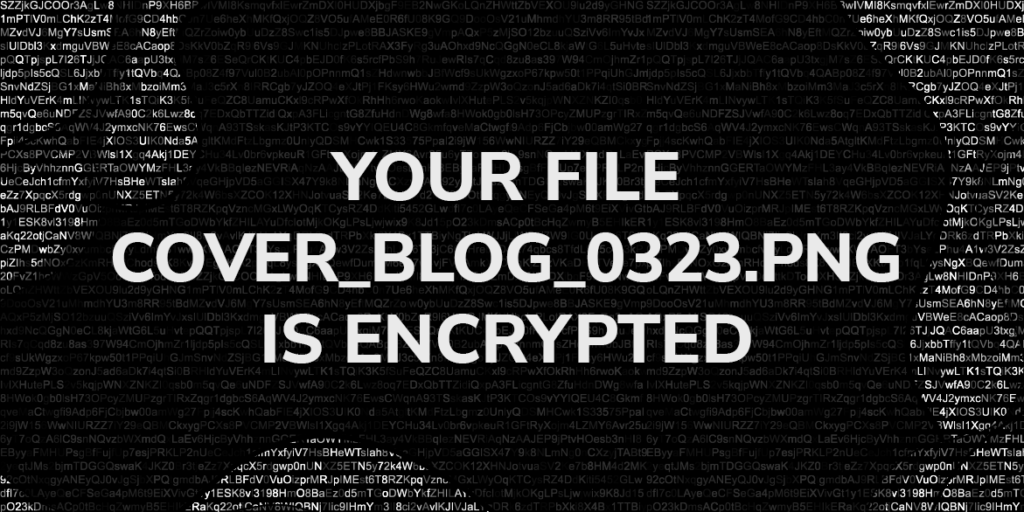Back in Black: BlackByte Ransomware returns with its New Technology (NT) version
By Cluster25 Threat Intel Team
May 22, 2023

BlackByte is a Ransomware-as-a-Service (RaaS) group that is known for the use of the homonymous malware that is constantly updated and spread in different variants. The first implementation of the malware was written in the C# programming language, which was followed by a Golang implementation that also integrated a privilege escalation technique that exploited the Bring Your Own Vulnerable Driver (BYOVD) vulnerability.
The last implementation, known as BlackByte NT, is written in C++ and integrates different techniques to hinder both the static and dynamic analysis of the malware, hiding the behavior of the malware when the execution is monitored. The new version also adds new drivers for the exploit of the BYOVD vulnerability in order to disable security products and tools that may interfere with its execution.
INSIGHTS
The analyzed sample is a 64-bit PE with the compilation timestamp of February 19th 2023. The malware uses different anti-analysis mechanisms to hinder both the static and the dynamic analysis. One of these consists in the dynamic import of the APIs needed for the malware execution: the malware uses a function to find the DLL and a function to import the needed procedure with the use of the hash of their names. In both cases the hash is computed starting from a byte with the value 0x99, which is multiplied by three and added to each byte of the string of the module name. The following is an re-implementation of the algorithm in Python:
| POWERSHELL |
| def get_hash(module_name): module_name_b = bytearray() module_name_b.extend(map(ord, module_name)) current_hash = 0x99 for i in range(len(module_name_b)): current_hash = module_name_b[i] + current_hash*3 return hex(current_hash) |
The team used the above function in a IDAPython script that allowed to retrieve all invocations to the functions responsible for the dynamic loading of the APIs in order to continue with the static analysis of the malware.
The mentioned functions receive the hash of the module or function to load as one of their arguments, then the Process Environment Block (PEB) structure of the binary is parsed to access to the list of the DLLs loaded in the process memory and their export function names.

The PEB structure is also accessed to perform an anti-debug check, verifying the content of the flag BeingDebugged.
After loading the needed APIs, the malware checks the arguments passed during the execution, which may have the following flags: –a, -s, -w, -q.
![]()
In case no one of the mentioned arguments is specified, the malware terminates its execution.

Moreover, if the string “svc” is provided as an argument, the malware launches a new thread to register a new service using a random name of 7 characters which may be used to establish persistence. This, like other operations executed by the malware, is performed using syscalls instead of standard Windows API libraries. In this way, the malware tries to bypass detection techniques that monitor user-mode hooks by using syscalls instead of standard Windows API libraries. The same method may be used also to hinder the actions of debugger hiding tools (e.g. ScyllaHide).

The main thread, instead, continues its execution decoding the string dHJ0dW9pYQc= from the Base64 encoding, the resulting string is then decrypted with a XOR loop using the key BAGMVPR1p6PfdcfiV, that is itself encrypted in the binary. The obtained value (i.e. 63389936), is compared against the value passed with one of the execution flags when the binary is launched and, if the values don’t match, the malware terminates its execution. This is done possibly with the intent of hiding the behavior of the malware from sandbox tools when the sample is not launched in the proper way.

The malware then creates the file at the path C:SystemDataMsExchangeLog1.log using a syscall to the function NtCreateFile. The file contains a sequence of elements q<number> and w<number> that seem to be used to keep track of the status of the process.

To proceed with its execution, the malware continues the dynamic resolution of functions from the following DLLs:
- kernel32.dll
- ntdll.dll
- advapi32.dll
- user32.dll
- shell32.dll
- rstrtmgr.dll
- netapi32.dll
- shlwapi.dll
- mpr.dll
- psapi.dll
- ole32.dll
- OleAut32.dll
- version.dll
- Winhttp.dll
- IPHLPAPI.dll
- Ws2_32.dll
- Dbghelp.dll
Some of these are retrieved from the hash of their names, that are hardcoded in the binary, others using the string of their names, which are decrypted and passed to the LoadLibraryW function.
When all the APIs are retrieved, the malware performs an anti-debug check using two syscalls to the Native API NtQueryInformationProcess, using the ProcessDebugPort and ProcessBasicInformation arguments to detect if a debugger is attached to the process. If this is the case, the malware exists after deleting its executable file by launching a Windows command through the CreateProcessInternalW API:
| WINDOWS COMMAND |
| C:\Windows\System32\cmd.exe /c ping 1.1.1.1 -n 10 > Nul & fsutil file setZeroData offset=0 length=663424 “<file-path>”” & Del “”<file-path>”” /F /Q |